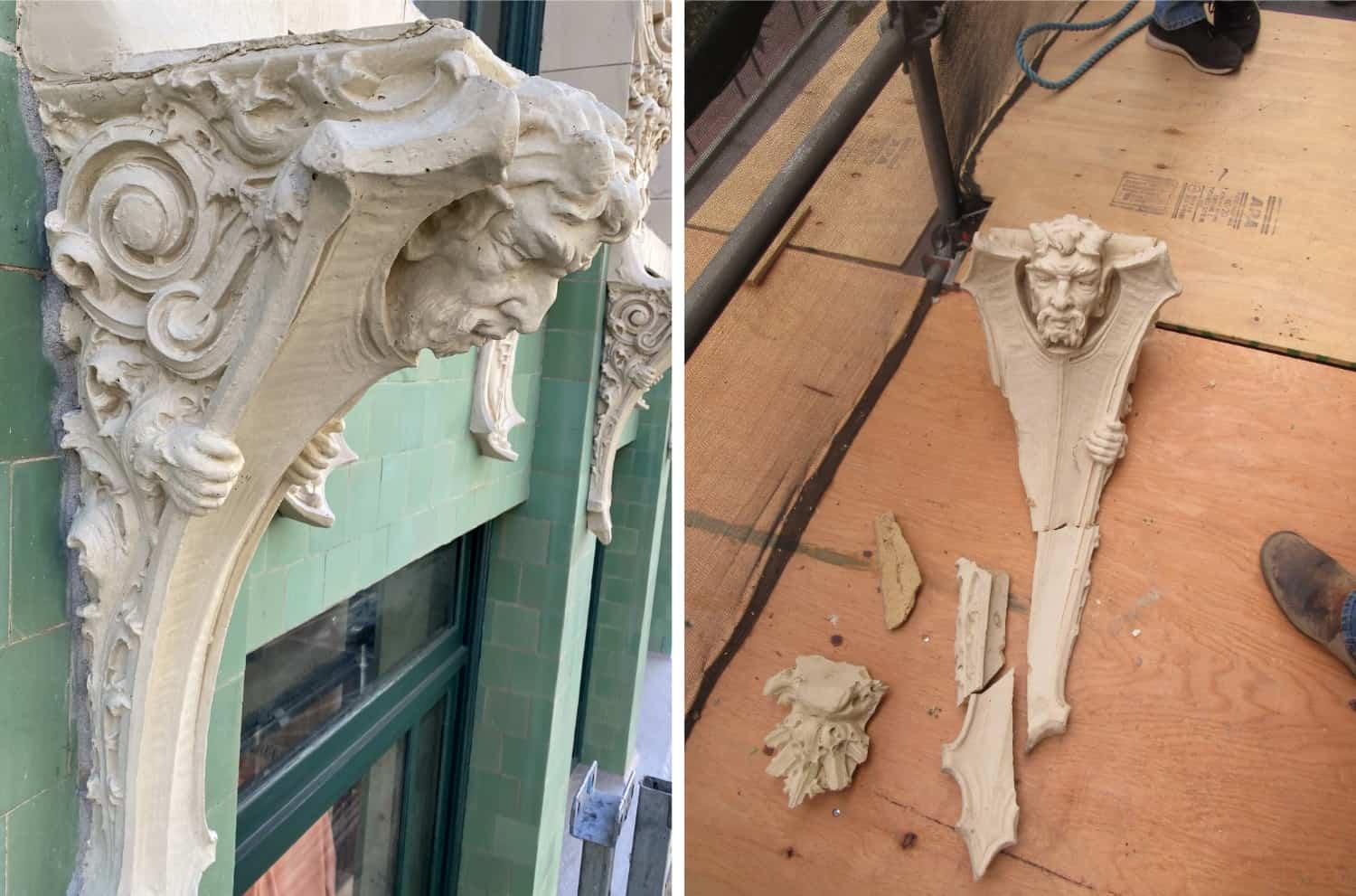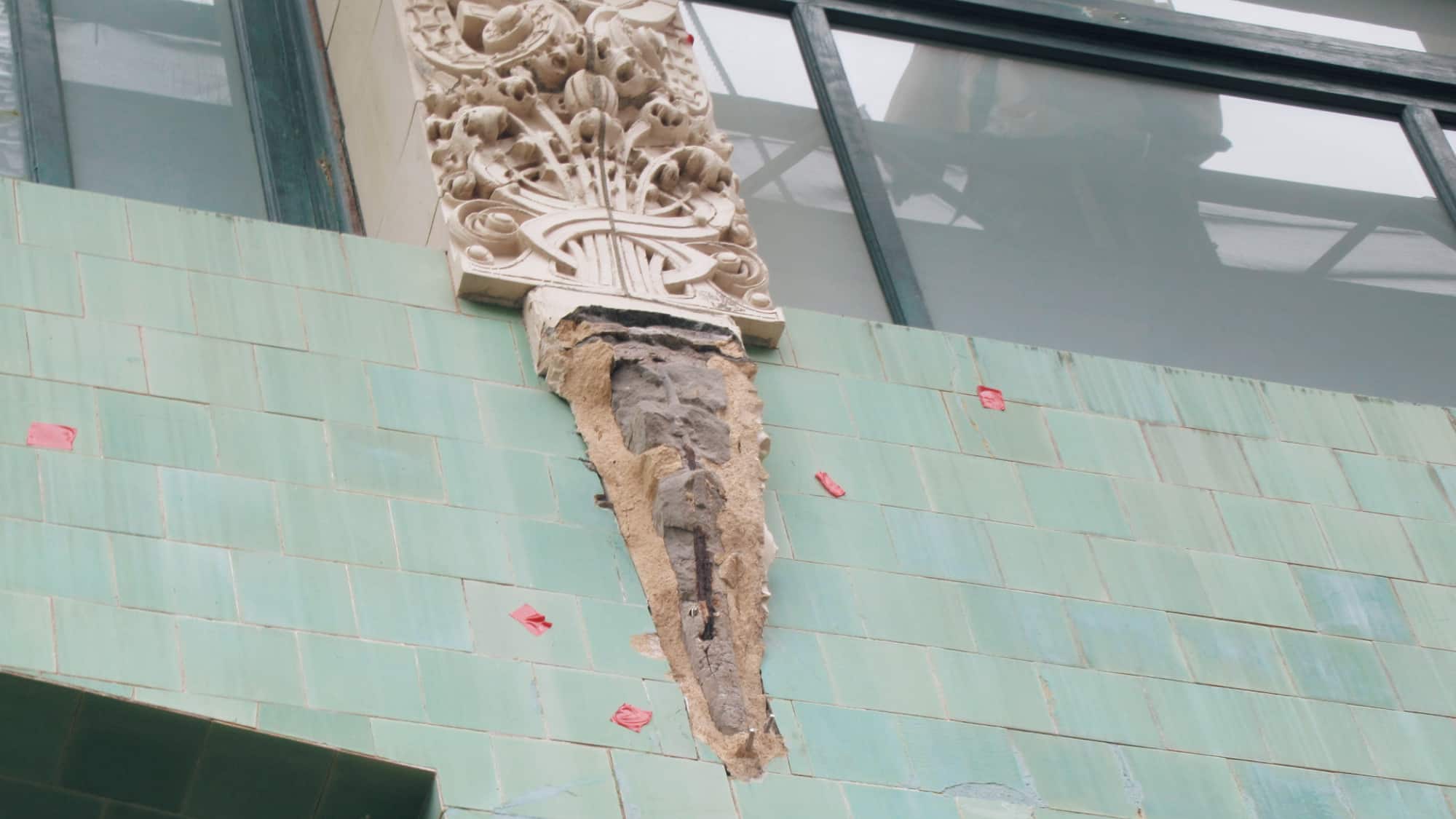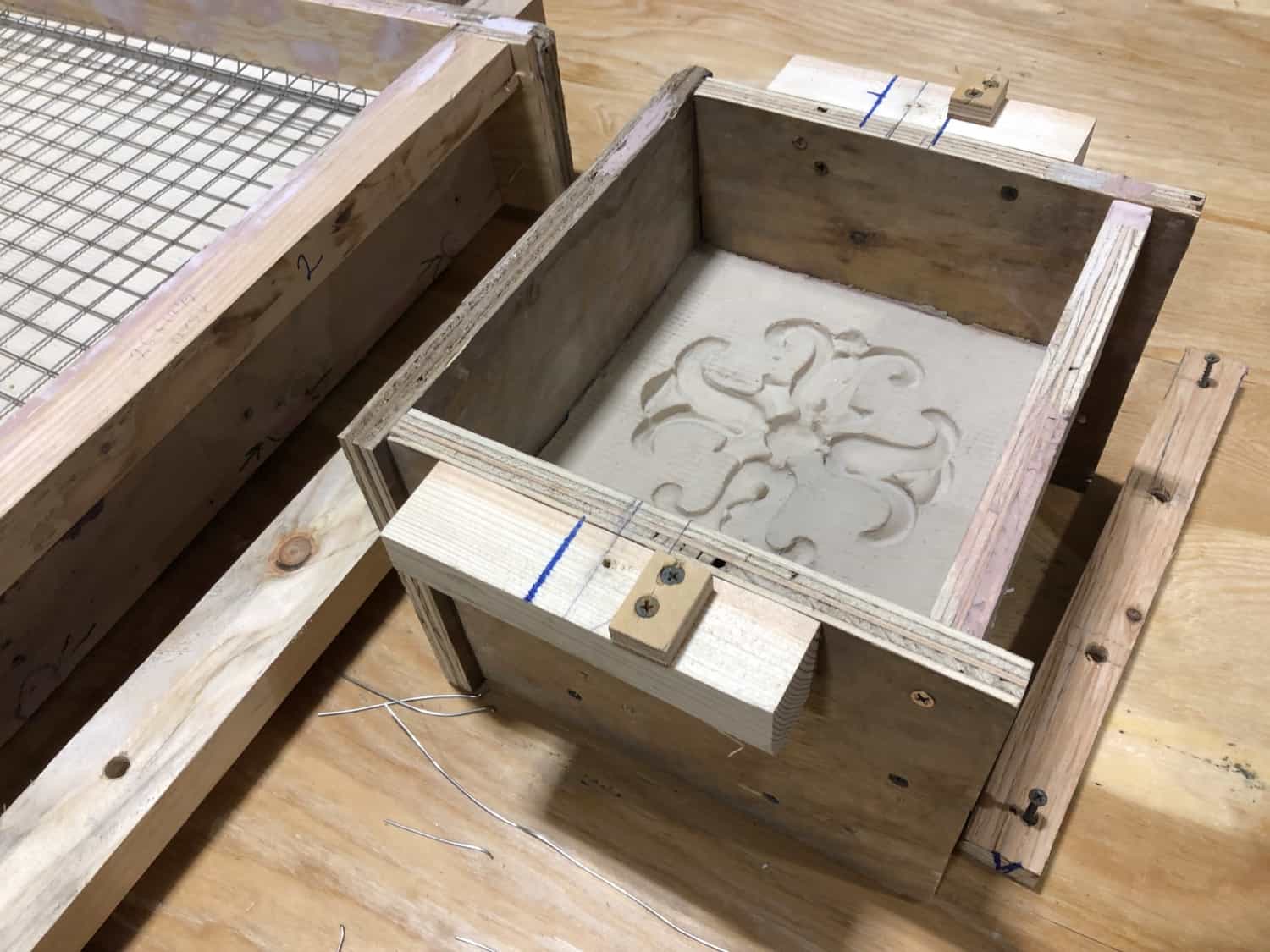Restoring historic buildings is an opportunity to preserve the best elements of the past while ensuring these beloved properties meet modern needs. However, the restoration process itself can present unique challenges as you seek to balance aesthetic and practical considerations. This is particularly true when original features have deteriorated significantly.
The appeal of historic commercial buildings lies largely in their unique architectural elements, whether practical or purely decorative. As such, salvaging original elements is often a top priority. But this isn’t always the right approach—and it may not even be possible. In these cases, replacing such elements with high-quality reproductions can be the best strategy for preserving the look and feel of a property. Collaborating with a historic restoration specialist who offers in-house architectural precast services makes this process as efficient as possible.
The Precast Process
Time can take its toll on terra cotta, brick, cast stone, and cast iron architectural elements, compromising the overall appearance of a building and, sometimes, presenting significant safety concerns. Here, a specialist with deep knowledge of historic architecture and the restoration process is invaluable. During the course of a historic restoration project, they can assess the condition of architectural elements to identify problem areas and create thoughtful strategies to address them.
When preserving original materials is not possible or prudent, replicating architectural elements using precast concrete or glass fiber reinforced concrete (GFRC) may be a viable solution and produce beautiful results. This process involves:
- Taking a mold from the building
- Using this mold to cast a plaster mold in the shop
- Preparing color and texture samples for approval
- Verifying mix design meets existing material types
- Filling the forms with concrete or GFRC
When the concrete or GFRC is cured, the precast element is ready to be installed.
The Advantages of in-House Architectural Precast Services
While precast concrete plays a major role in many restoration projects, few historic restoration specialists offer in-house architectural precast services. This reliance on outside services often results in increased costs and extended project schedules.
Replacement of architectural elements can be expensive. A historic restoration specialist who offers in-house precast services can help reduce costs by making replication a seamless part of the larger project. In part, this is because outside service providers typically require long lead times for final material production, potentially delaying key portions of the restoration process.
The capability to replicate architectural elements in-house streamlines the project needs and processes.
Additionally, although great care should be taken in the production of any precast concrete element, it is particularly important when these elements must match salvaged original materials. Keeping the entire precast process in the hands of historic restoration experts with an in-depth understanding of your specific project can make this easier and give you more flexibility to make refinements without major disruptions.

Rainbow’s in-house architectural precast service was instrumental in bringing new life to San Francisco’s historic Pacific Building at 801 Market Street.
Rainbow’s Precast Services
At Rainbow, we know precast concrete can play a critical role in historic restoration projects. We have also experienced the challenges of working with outside service providers to produce key architectural elements. To provide better experiences and greater flexibility for our customers, we offer in-house precast services led by our team of historic restoration specialists. These services have been instrumental in a number of notable Bay Area projects, including The Key at 12th in Oakland and the renowned Aaronson Building in downtown San Francisco.
Whether you need to repair a building facade to protect public safety or want to revitalize the beauty of a historic commercial property, having the right guidance and access to the right resources is essential. Our architectural precast services help ensure you have comprehensive support for your restoration project, paving the way for excellent results.
Rainbow has the experience and expertise needed to make your Bay Area historic restoration projects a success. Reach out to the Rainbow team today.

The Rainbow Team is Northern California’s most trusted waterproofing and restoration company. We have the craftsmanship and expertise to handle any commercial or historic building envelope, masonry, or waterproofing project in the San Francisco Bay Area.





